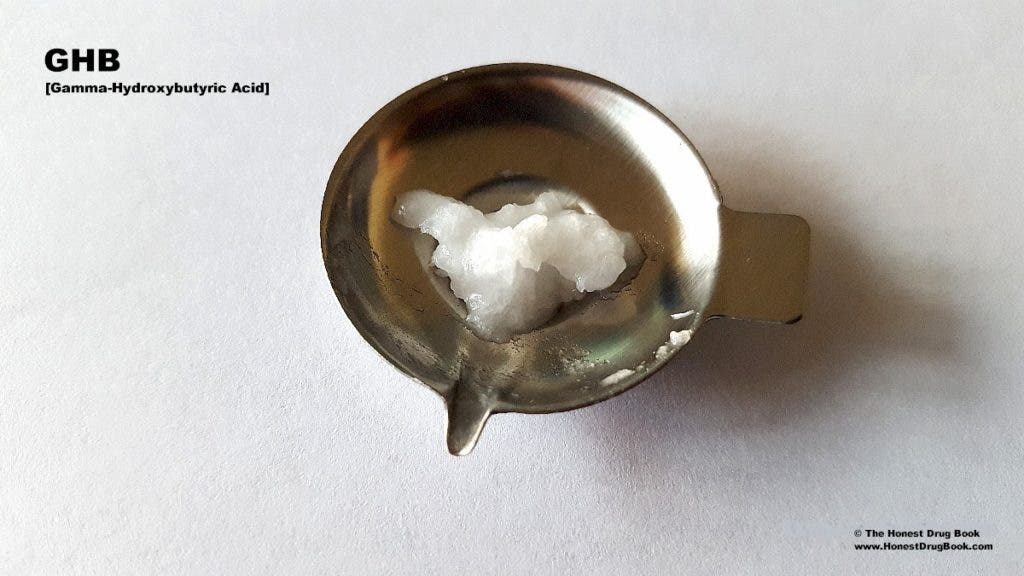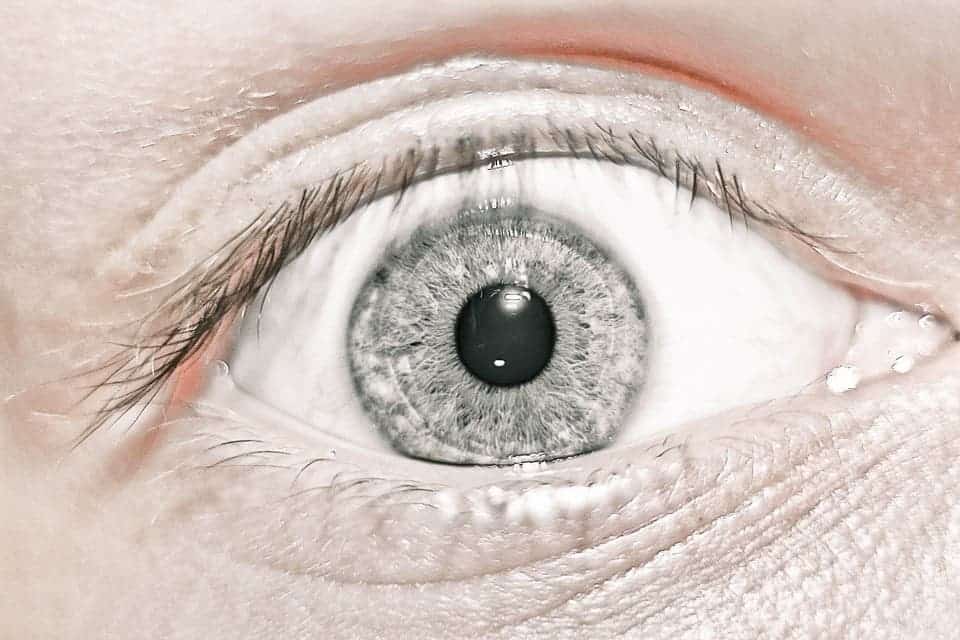
GHB, also known as “G” or “liquid ecstasy”, is a popular party drug in Europe. One of its hallmarks is that it makes people sleepy, and can easily trip users into a coma. In fact, it’s quite common to hear about GHB users who have slipped into more than two dozen comas.
GHB (gamma-hydroxybutyrate) overdose-induced comas are the third leading cause of drug-related emergency medical attention in Europe, after heroin and cocaine, and this trend is increasing. But despite the widespread recreational use of GHB, little is known about its long-term effects on health, particularly cognition.
Seeking to address this gap, researchers at the University of Amsterdam recruited 27 GHB users who have never had a coma, 27 volunteers who regularly used combinations of various drugs (but had never used GHB), and 27 GHB users who had experienced a minimum of 4 comas. To gauge the participants’ IQs, along with levels of anxiety, stress, and depression, they had to answer questions from standard questionnaires and had to perform various cognitive tasks while undergoing a fMRI brain scan.
GHB users who had never experienced a coma had problems identifying negative emotions. In addition, GHB users who had a history of comas had lower IQ scores than GHB users who did not experience comas, despite similar education levels. This group also had altered brain processes during verbal long-term memory and working memory tasks.
The study, which performed the first functional MRI scans to gauge the effect of regular GHB use and multiple GHB-induced comas, offers unique insight into the drug’s effects on human cognition. Its findings indicate that there are serious risks to long-term GHB users, particularly after overdosing.
“In an as yet unpublished study, we show that those with multiple GHB-induced comas also have 63% more stress and 23% more anxiety, and alterations in long-term memory. MRI scans also show that there are changes to the brain, with some areas showing altered brain activity and connectivity between memory-related cerebral pathways. These results show that there are brain and cognitive changes associated with multiple GHB-induced comas. Most users experience only the feeling of elation followed by drowsiness or sleep, so they don’t see that there might be any negative effects. This work indicates that might not be the case,” said lead researcher Filipa Raposo Pereira, a psychiatrist at the University of Amsterdam.
The findings suggest that recreational users should be aware of the negative associated effects of GHB. In a regulated environment, such as in medicine where it is used to treat narcolepsy, GHB does not seem to pose similar risks.
As a caveat, the study almost exclusively included males, so it may be unwise to generalize the findings to female GHB users. Secondly, this is an observational study, and no cause-effect relationship has been established. This mechanisms by which GHB may interfere with normal brain and cognitive function will hopefully be the subject of another study.
“These results suggest that GHB use is not without risk. Society is faced with increasing numbers of emergency attendances related to GHB overdose and individuals seeking treatment for GHB dependence. This suggests that awareness campaigns directed at recreational GHB users are warranted to highlight the lasting adverse effects of GHB, despite the absence of immediate apparent side effects,” the authors reported in the journal Drug and Alcohol Dependence.
The results were recently presented at the European College of Neuropsychopharmacology (ECNP) conference in Barcelona.






